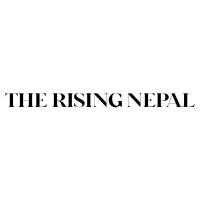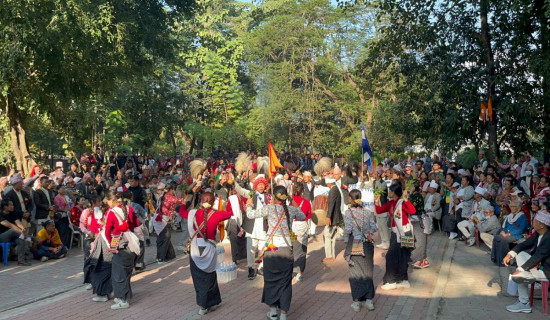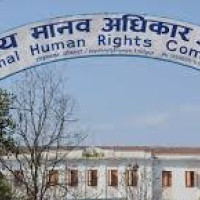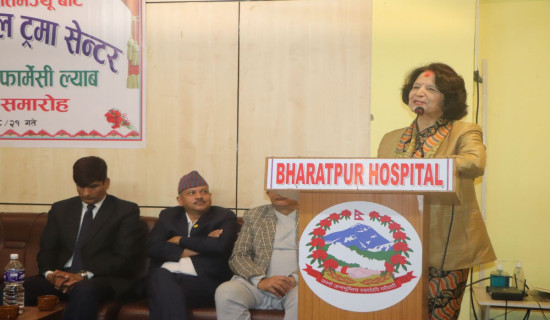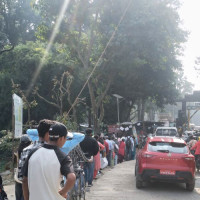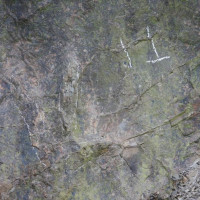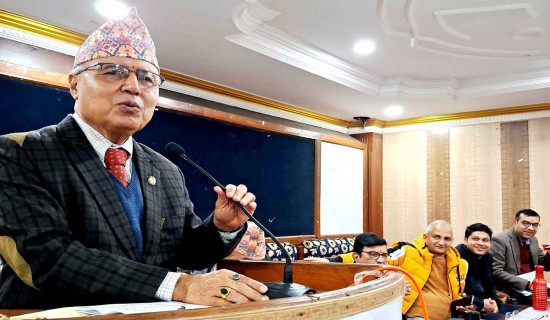- Monday, 8 December 2025
Photojournalism In the Digital Age
World Photography Day, observed annually on August 19, acknowledges the profound impact of photography across art, science, and society. First marked in 1839 with the public announcement of the daguerreotype process, the day is a celebration of the potential of photography to stop time, evoke feeling, and drive social change. Nepal celebrates an extensive history of photojournalism that has documented the nation's history, culture, and resilience.
Nepali photojournalism begins on 13 Baishakh 1984 B.S. (April 26, 1927) when the country's oldest daily newspaper, Gorkhapatra, published its very first photograph—a poignant one of Suryamati Shrestha, a 12-year-old girl from Birgunj, operating a charkha. This marked the start of visual journalism in Nepal, enabling photographers to record turning points, ranging from democracy movements and cultural events to natural disasters such as the 2015 earthquake. Ever since its inception, Nepali photojournalists have chronicled a rich tapestry of the nation's life—its unrest, traditions, and marginalised communities—finding an audience in the pages of The New York Times and National Geographic.
Photography Day focuses on the critical role of photojournalists in shaping public perception. Through their images, they speak out, record heritage, and inform us about pressing concerns such as poverty, gender inequality, and environmental change. With the modern online era, these photographers operate in a changing media landscape—utilising social media to gain global access while confronting concerns of disinformation, copyrighting, and ever-evolving technology.
At the same time, advanced technology and global collaboration provide new opportunities, allowing Nepali photographers to compete globally and contribute through initiatives like the Nepal Picture Library.
Organizations such as the National Forum of Photo Journalists (NFPJ) safeguard ethics, mentor emerging talent, and mount exhibitions that blend art and activism. Established in 1997, NFPJ is Nepal's flagship professional photojournalism group with over 500 members across 35 districts. It advocates for photographers' rights, conducts workshops, and awards the highly prized National Photojournalism Award for cultural and political themes.
Photojournalism in Nepal faces serious challenges. Rather than providing prominence to photos, media houses are used to investing less in field reporting and diversified stories. Citizen journalism, made more effective through smartphones and Instagram, has filled the market with substandard stories produced by amateurs who sometimes prefer to substitute professional work. The shortage of funds and the decline of print media have caused most photojournalists to become multi-freelancers.
Photo manipulations with technological tools such as Photoshop bring ethical concerns, undermining credibility when pictures are doctored to seek viral popularity. Safety is also an issue: photographing protests or tragedies exposes the photographers to danger, and restricted access to scenes hinders storytelling. All this notwithstanding, Nepali photojournalists continue to fight for attention, ethics, and creative storytelling.
The digital era also offers transformative opportunities. Social media allows photographers to bypass conventional gatekeepers, share work globally, and speak directly with the public—building personal brands and broadcasting concerns like climate change and gender inequality.
Advanced technology—drones, 360-degree cameras, and high-definition digital gear—has unlocked new narrative possibilities, from the breathtaking Himalayas to intensive coverage of community strife. A growing populist interest in visual storytelling has also driven more students into Nepal's school of media, affirming the position of photography as a powerful communications tool.
Women photojournalists, in their turn, are well served by the digital media that provide access, safer conditions, and mentorship to challenge gender norms. Foreign projects and NGOs also assist photojournalists with on-the-job training, cross-cultural engagement, and career development.
Nepal's robust NGO scene offers unique prospects for cooperation. Projects like Global Crossroad's Photojournalism Volunteer Project pair up entering photographers with seasoned professionals, such as Mani Lama, to capture cultural and social narratives. Meanwhile, Min Ratna Bajracharya's initiative to declare April 26—the day Gorkhapatra used a picture on its front page in 1927—as Photojournalism Day guarantees pride of place for the profession. These initiatives develop talent, stimulate cross-cultural interchange, and provide a viable model for visual storytelling.
Nepal proudly salutes its trailblazing photojournalists—Gopal Chitrakar, Binod Joshi, Min Ratna Bajracharya, Devendra Man Singh, Bikash Rauniyar, Chandra Shekhar Karki, Sudhira Shah, Deependra Bajracharya, Usha Titikshu, Shruti Shrestha, Narendra Shrestha, Navesh Chitrakar, Mani Lama, Prakash Mathema, Uma Bista, and Dhruba Ale—who collectively have shaped the country's visual identity.
These photojournalists, who include some belonging to international agencies such as Reuters, AFP, AP, and EPA, have taken Nepal's stories to media such as The Guardian and National Geographic.
Their award-winning photographs—anything ranging from democracy movements to the 2015 earthquake—walk the fine line between technical competence and emotional impact. They have also made the profession better by holding leadership roles in NFPJ and the Photojournalist Club, mentoring future generations, and creating successful exhibitions.
Other than their lenses, these visionaries have authored books, taught people, and updated Nepal's visual media. By declaring April 26 as Photojournalism Day and celebrating World Photography Day on August 19, they honour the history of the discipline even as they push its frontiers.
As Nepal celebrated World Photography Day, its photojournalism was at a crossroads—struggling with the problems of neglect, fiscal limitations, and ethical dilemmas, yet driven by digital technology and global connectivity.
For emerging photojournalists, the future is about mastering advanced tools, upholding strict ethical principles, and insisting on fair compensation and greater access. Social networks and mentorship organisations offer means to reach global audiences, with local stories—from climate change to cultural resilience—offering rich subject matter for authentic storytelling.
(The author holds a Ph.D. in Journalism and Mass Communication.)


